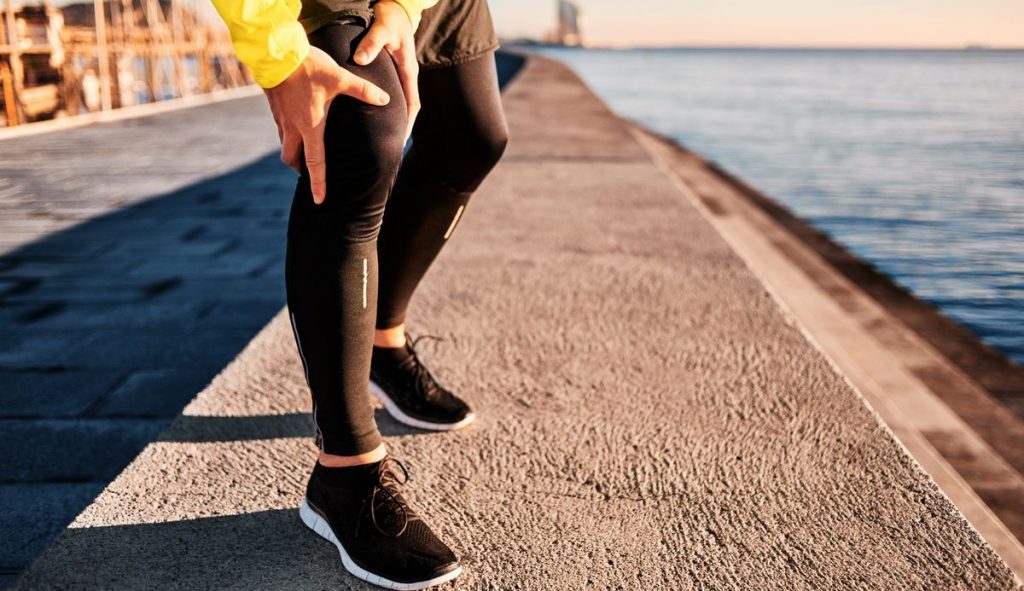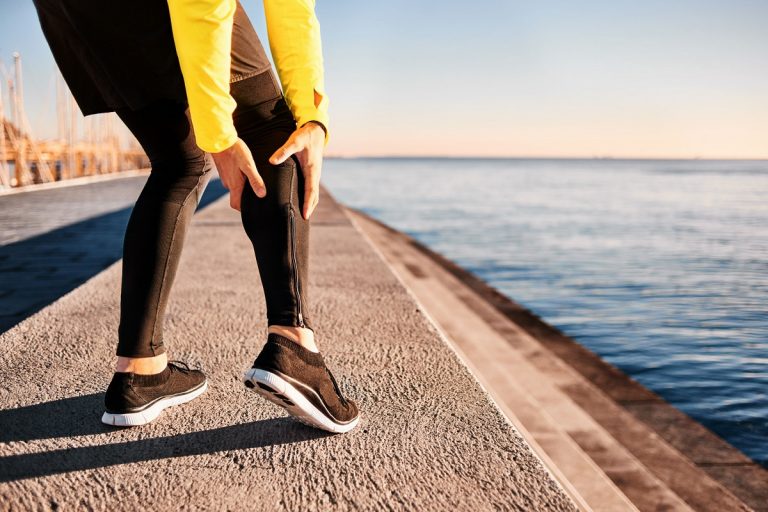
The main injuries of runners are well known, but little studied. Almost all of them do not happen suddenly in training, as in many sports – at first some time passes during which the balance in one or another part of the body is disturbed.
The most common injuries: knee damage (chondromalacia), periosteum inflammation (splint), forefoot overstrain, Achilles tendon inflammation (tendonitis), fatigue fracture, as well as various sprains, corns and rubbing.
Why is all this happening?
1 Sudden increase in load
A sudden and sharp increase in distance or intensity during training is the main cause of injuries. It arises from excessive self-confidence and desire to achieve results as quickly as possible. Try to increase the length of the run distance gradually.
2 Too hard or rough surface
For beginning runners, if possible, choose dirt paths or covering tracks for running, as they are most favorable for unprepared ligaments. Gradually, you can switch to more rigid surfaces, such as asphalt. But this is also necessary because it prepares your feet for the conditions of the races, which, for the most part, pass through the streets of cities. But concrete or concrete tiles should be avoided if possible.
3 Wrong Shoes

This is one of the most common reasons. The time spent finding the right sneakers will never be wasted. Weight, height, foot structure, training cover, features of running technique – these are the main criteria for choosing shoes. Take this item seriously, because the right shoes are the basis of your longevity in running.
4 Foot defects, weak muscles and ligaments
Each person has an individual foot structure, received at birth, and then adjusted during life. Pronation, supination, flat feet – all these disturbances affect the balance when loading on the musculoskeletal system and are the main criteria when choosing sneakers or individual orthopedic insoles.
5 Training without pre-training
Some often neglect the banal workout before running or preparing for training. But, for example, 2-3 minutes of rotation of the left and right foot will be an excellent prevention of inflammation of the Achilles tendon. Is it worth neglecting a warm-up to spend months on treatment and rehabilitation?